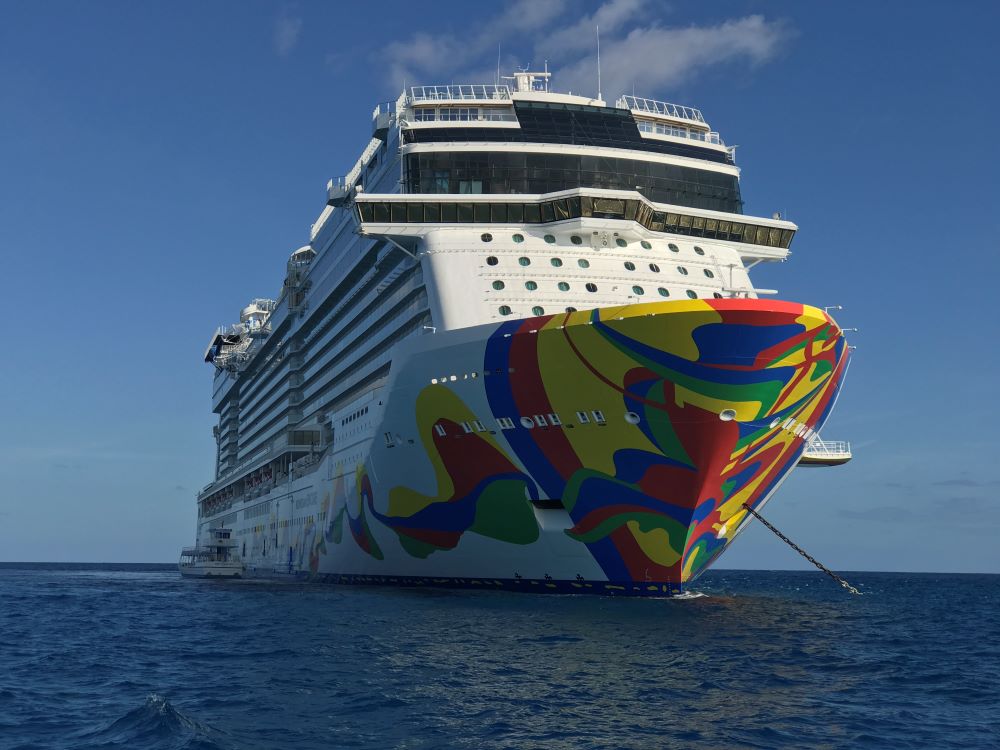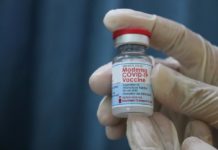Yesterday, the CDC extended its Conditional Sailing Order (CSO) that lays out the requirements cruise ships must follow in order to return to sailing during the pandemic. The order was set to expire November 1, but will now be in place until January 15.

However, this move wasn’t just a rubber stamp of the previous order. Along with the extension came a number of major changes to the rules surrounding cruising.
Going forward, cruise lines will still have plenty of hurdles they have to meet to continue sailing with the CDC’s blessing. There are a number of standards, however, that have been adjusted or relaxed, making it easier to sail.
Here’s what cruise passengers should know going forward…
CDC Plans for a Voluntary Program Starting in January
For more than a year-and-a-half, the CDC has put tight restrictions on the cruise industry. It began with the “No Sail Order” that halted sailing from the United States at the start of the pandemic. That was followed by the current Conditional Sailing Order, which allows cruises to sail when meeting certain requirements.
With the extension of the CSO, the health agency also signaled its end. The agency announced its intention to begin a voluntary program to help control COVID-19 on cruise ships after the current order’s expiration. This would mark a major step in returning to “normal” after the crisis. In effect, cruise lines would be allowed to make their own decisions surrounding keeping passengers healthy on the ship.
One thing to note is that the CSO is currently voluntary for ship sailing from Florida due to recent litigation. However, so far all cruise lines sailing from the state have opted to continue working under the CDC’s orders.
Removing “Unproven and Untested” Description of Simulated Voyages
As part of the return to sailing, ships sailing with less than 95% of passengers vaccinated are required to sail a simulated voyage before sailing with paying guests. This is essentially a test cruise with a limited capacity of volunteer passengers that’s a chance for the cruise line to practice new protocols.
Previously, the CDC required the cruise lines let volunteers on these cruises know they were “participating in health and safety protocols that are unproven and untested in the United States for purposes of simulating a cruise ship voyage” before they were allowed to sail.
With the new extension, the CDC now says it has removed the “unproven and untested” language — a strong signal of confidence in the procedures. This comes after there were 18 requests granted for these test cruises since cruising restarted.
Ships Can Transition to Less than 95% Vaccinated Without a Test Cruise
Under the previous rules, cruise lines had two paths to return. Either sail with 95%+ of passengers vaccinated and skip the simulated test cruise, or sail with fewer passengers having the shot and go through the longer simulated voyage process.
Now there is an option for ships that started out with more than 95% of passengers vaccinated, but want to move toward letting more passengers sail without the shot, such as children.
If a ship has already returned to sailing, they can sail under the 95% vaccinated threshold and forego a simulated voyage as long as they meet the following:
- 95%+ of crew are vaccinated
- Operated sailings with 95% of passengers vaccinated for at least 60 days
- Submit a plan of protocols on the ship that meet CDC requirements for sailing under 95% vaccinated threshold
- Provide proof of mask use and distancing within 7 days of first voyage
Trips Longer Than 7 Days Now Allowed
One of the biggest restrictions put on cruise ships was that cruises longer than one week were no longer allowed when the CSO was put in place. With fewer days on the ship, that meant fewer days of passengers being in close contact with one another.
Passengers who enjoy longer cruises will be happy to know that this restriction is now lifted under the extension.
CDC Travel Warning No Longer Required
One smaller rule that passengers might have noticed is that cruise lines were required to post an advisory on their marketing materials (including website) regarding cruise travel. This included mention that if a “threshold” of COVID-19 was detected, the voyage would end and that customers should consult the CDC website before reserving your cruise.
With the new extension of the order, the requirement has been removed. Now the CDC says cruise lines no longer have to “include any CDC travel advisory, warning, or recommendation relating to cruise travel in marketing material.”
Vaccinated Adolescents Can Sail Simulated Cruises
Simulated voyages have been of big interest to passengers. After all, what cruise fan doesn’t want to volunteer on a free cruise? (Read about our simulated test cruise experience here.)
Until now, however, you had to be 18 years or older to sail. With the new extension of the Conditional Sailing Order, those rules have changed. Now, cruise lines can request that passengers 12 years and older be allowed to participate.
There is some fine print on this new rule. First, those from 12-17 years must still be vaccinated. As well, the cruise line must request that passengers under 18 be allowed to sail, including an explanation to the CDC what activities the adolescents will be simulating on the cruise and why it can’t be done with adults.
For instance, adolescents might be needed to adequately simulate procedures in the teen clubs on the ship.
Any adolescent that does sail will of course need parental permission to participate in the simulated cruise.
What These Changes Mean for the Future
It is obvious from these changes — especially with the move to a voluntary program — that the CDC is aiming to loosen the restrictions placed on cruise lines. That doesn’t mean everything will go back immediately to how it was before the health crisis, or that cases aren’t an issue on cruise ships.
However, having returned to sailing during the peak of the Delta wave without major disruption, it’s clear that the cruise industry is able to navigate a world with the virus. The CDC’s rule changes seem to agree.












